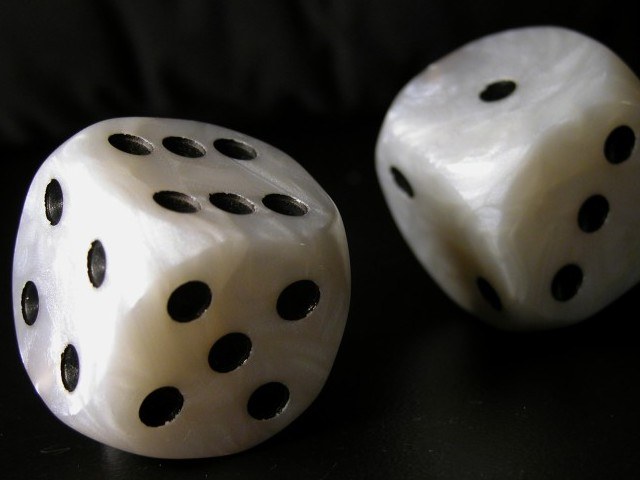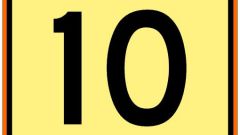Instruction
1
Carefully read the problem statement. Find the number of favorable outcomes and the total number. Suppose you want to solve the following problem: in the box are 10 bananas, 3 of them are immature. You need to determine what is the probability that randomly removed the banana will be ripe. In this case, we apply the classical definition of probability. Calculate the probability using the formula: p= M/N, where:
- M - number of favorable outcomes
- N is the total number of all outcomes.
- M - number of favorable outcomes
- N is the total number of all outcomes.
2
Calculate the number of favorable outcomes. In this case, 7 bananas (10 - 3). The total number of all outcomes in this case is equal to the total amount of bananas, that is 10. Calculate the probability of substituting values in the formula: 7/10= 0,7. Therefore, the probability that randomly removed the banana to be ripe, will be equal to 0.7.
3
Using the theorem of addition of probabilities, solve the problem, if by its terms the events in it are incompatible. For example, in the box for needlework are spools of thread of different colours: 3 of them with white thread, 1 - green, 2 - blue and 3 - black. You need to determine what is the probability that the coil will be removed with colored thread (not white). To solve this task according to the theorem of addition of probabilities, use the formula: p=P1+P2+P3....
4
Determine how many coils sitting in the box: 3+1+2+3=9 the coils (this is the total number of all outcomes). Calculate the probability to remove the coil: with green yarn - P1 = 1/9 = 0,11, with blue threads - P2 = 2/9 = 0,22, with black thread - P3 = 3/9 = 0,33. Add the resulting numbers: p = 0,11+0,22+0,33 = 0,66 - the likelihood that the coil will be removed with a colored thread. So, using the definition of probability to solve simple problems on probability.
Note
To solve more complex problems on the probability to apply the theorem of multiplication of probabilities, formulae of Laplace, Bayes and Bernoulli, depending on the compatibility of events and the number of their outcomes in terms of these tasks.


